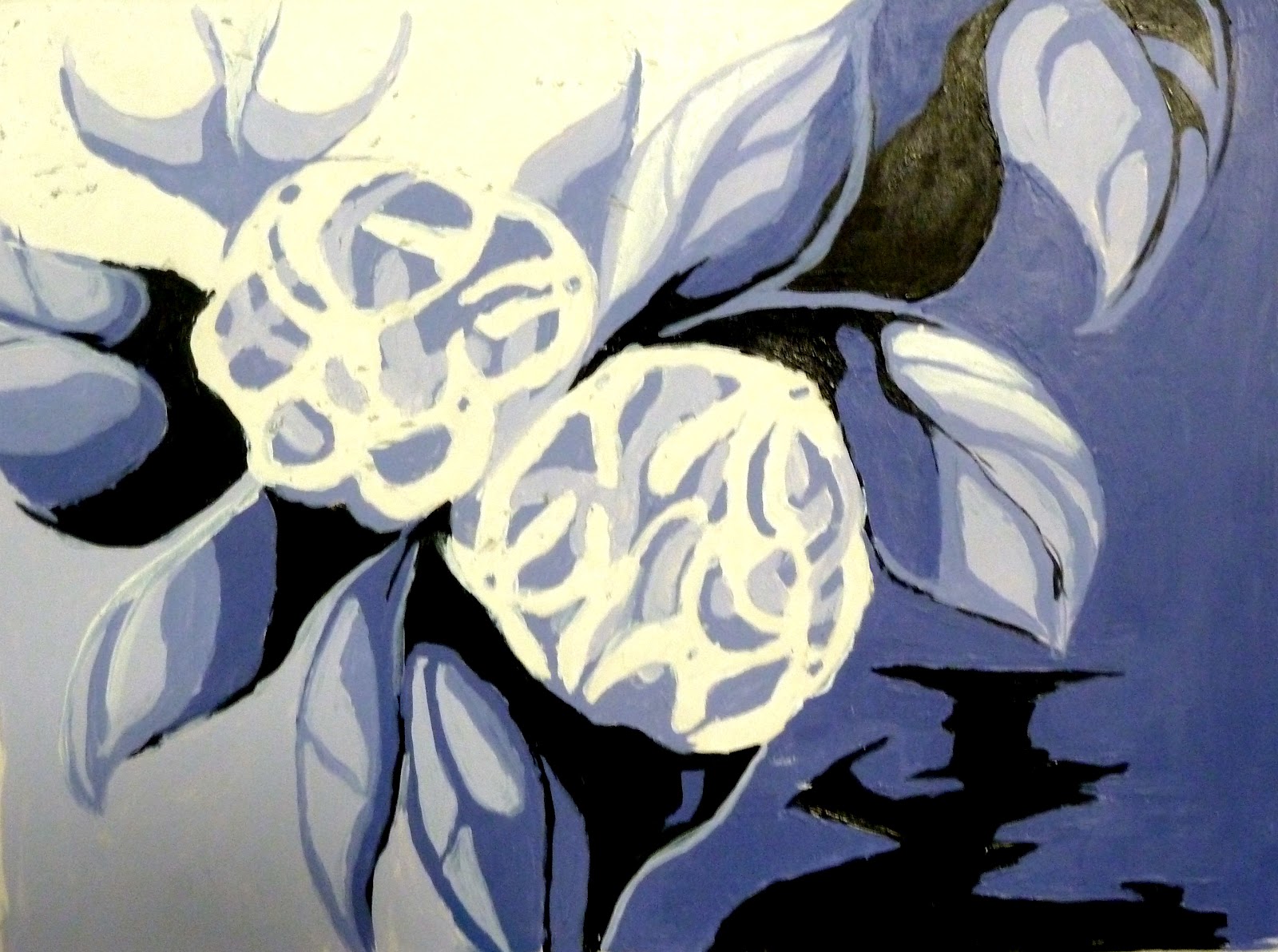
Grgo Gamulin, “La pittura su tavola nel tardo medioevo sulla costa orientale dell’Adriatico” in Venezia e il Levante fino al secolo XV, ed.Fredericksen and Federico Zeri, Census of Pre-Nineteenth-Century Italian Paintings in North American Public Collections (Cambridge, Massachusetts, 1972), pp. Grgo Gamulin, Madonna and Child in Old Art of Croatia (Zagreb, 1971), pp.

John Maxon, The Art Institute of Chicago, (London, 1970), pp.
 Wolfgang Kermer, Studien zum Diptychon in der sakralen Malerei von den Anfängen bis zur Mitte des sechzehnten Jahrhunderts (Düsseldorf, 1967), pp. 181, 189, reprinted in his Studies in the Arts at Sinai (Princeton, N. Kurt Weitzmann, “Thirteenth-Century Crusader Icons on Mount Sinai,” Art Bulletin 45 (1963), pp. Garrison, “A Sacramentary for Roman Use with Sicilian Decoration,” Studies in the History of Medieval Italian Painting 4, 3–4 (1962), p. Hans Huth, “Italienische Kunstwerke im Art Institute von Chicago, USA,” in Miscellanea Bibliothecae Hertzianae (Munich, 1961), p. Art Institute of Chicago, Paintings in The Art Institute of Chicago: A Catalogue of the Picture Collection (Chicago, 1961), p. Hugo Buchthal, Miniature Painting in the Latin Kingdom of Jerusalem (Oxford, 1957), pp.
Wolfgang Kermer, Studien zum Diptychon in der sakralen Malerei von den Anfängen bis zur Mitte des sechzehnten Jahrhunderts (Düsseldorf, 1967), pp. 181, 189, reprinted in his Studies in the Arts at Sinai (Princeton, N. Kurt Weitzmann, “Thirteenth-Century Crusader Icons on Mount Sinai,” Art Bulletin 45 (1963), pp. Garrison, “A Sacramentary for Roman Use with Sicilian Decoration,” Studies in the History of Medieval Italian Painting 4, 3–4 (1962), p. Hans Huth, “Italienische Kunstwerke im Art Institute von Chicago, USA,” in Miscellanea Bibliothecae Hertzianae (Munich, 1961), p. Art Institute of Chicago, Paintings in The Art Institute of Chicago: A Catalogue of the Picture Collection (Chicago, 1961), p. Hugo Buchthal, Miniature Painting in the Latin Kingdom of Jerusalem (Oxford, 1957), pp. 
Sweet, “La pittura italiana all’Art Institute di Chicago,” Le vie del mondo: Rivista mensile del Touring Club Italiano 15 (1953), pp. Garrison and Courtauld Institute of Art, University of London, 1998. Garrison, Italian Romanesque Panel Painting: An Illustrated Index (Florence, 1949), pp.
Art Institute of Chicago, An Illustrated Guide to the Collections of The Art Institute of Chicago (Chicago, 1948), p. Garrison, “Post-War Discoveries: Early Italian Paintings, II,” Burlington Magazine 89 (1947), p. Art Institute of Chicago, A Brief Illustrated Guide to the Collections (Chicago, 1935), p. MS, Archives, The Art Institute of Chicago, n. Valentiner, Paintings in the Collection of Martin A. Art Institute of Chicago, A Guide to the Paintings in the Permanent Collection (Chicago, 1932), p. Evelyn Sandberg-Vavalà, “A Dugento Diptych in Chicago, “ International Studies 95 (April 1930), pp. Evelyn Sandberg-Vavalà, La croce dipinta italiana e l’iconografia della passione (Verona, 1929), p. R M F, “Two Thirteenth-Century Paintings,” Art Institute Bulletin 20 (1926), pp. MS, 1926, Ryerson Library, The Art Institute of Chicago, pp. Ryerson Collection of Paintings and Sculpture, XIII to XVIII Century, Loaned to The Art Institute of Chicago, unpub. Art Institute of Chicago, A Guide to the Paintings in the Permanent Collection (Chicago, 1925), p. Ryerson Collection Reference Number 1933.1035 IIIF Manifest The International Image Interoperability Framework (IIIF) represents a set of open standards that enables rich access to digital media from libraries, archives, museums, and other cultural institutions around the world. FL (vertically, below center left in red pigment) right wing, IC CR (on the cross in gold pigment), MP OY (center left in red pigment), (center right in red pigment) Dimensions Left wing: 38 × 29.5 cm (14 15/16 × 11 5/8 in.) Painted image of left wing: 29.8 × 22.3 cm (11 3/4 × 8 3/4 in.) Right wing: 38 × 29.5 cm (14 15/16 × 11 5/8 in.) Painted image of right wing: 30 × 22.3 cm (11 7/8 × 8 3/4 in.) Credit Line Mr. Status On View, Gallery 236 Department Painting and Sculpture of Europe Title Diptych of the Virgin and Child Enthroned and the Crucifixion Place Italy (Artist's nationality) Date 1275–1280 Medium Tempera on panel Inscriptions left wing, S. This type of private devotional work, and related Byzantine models imported back into Western Europe, exerted a powerful influence on later painting in Italy, France, and the Low Countries. The diptych may have been made by an Italian craftsman, possibly working in the coastal city of Acre, which was the capital of a reduced crusader kingdom in the late 13th century. In style, technique, and the use of both Latin and Greek inscriptions, it shows a mixture of Eastern and Western elements. 
Diptic art portable#
This diptych, a hinged and portable work used for private devotion, was probably made in the Latin Kingdom established in the Holy Land by the Crusaders.








 0 kommentar(er)
0 kommentar(er)
